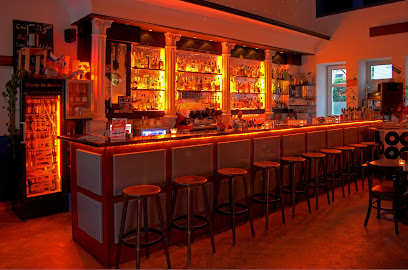
Franz Huth Memorial Plaque: A Reminder of Resistance
A poignant memorial in Berlin's Prenzlauer Berg commemorating Franz Huth, an anti-fascist resistance fighter murdered by the Nazis, serving as a reminder of courage and sacrifice.
The Franz Huth memorial plaque, located on Rykestraße in the vibrant Prenzlauer Berg district of Berlin, commemorates a local anti-fascist resistance fighter who was murdered by the SA in 1933. Huth, a member of the KPD, was arrested near his home and brutally killed for his opposition to the Nazi regime. The plaque serves as a poignant reminder of the individuals who bravely stood against tyranny during a dark period in German history. Situated in a now-trendy neighborhood filled with cafes and shops, the memorial offers a moment for reflection on the sacrifices made by those who fought for freedom and justice. Visiting the plaque provides a deeper understanding of the area's history beyond its contemporary appeal, connecting visitors to the stories of ordinary people who demonstrated extraordinary courage. It's a small but significant landmark that encourages remembrance and a commitment to resisting oppression in all its forms.
A brief summary to FRANZ HUTH memorial plaque
- Rykestraße 3, Berlin, Pankow, 10405, DE
Local tips
- Combine your visit with a walk through Prenzlauer Berg to discover other historical sites and memorials related to WWII and the Nazi era.
- Take a moment of silence to reflect on the sacrifices made by Franz Huth and other resistance fighters.
- Visit the nearby Rykestraße Synagogue to learn more about the history of the Jewish community in Prenzlauer Berg.
Getting There
-
Public Transport
The Franz Huth memorial plaque is easily accessible via public transport. From the city center, take the U2 subway line to the Senefelderplatz station. From there, walk approximately 10 minutes east along Rykestraße. Alternatively, take the M1 tram to the Knaackstraße stop, which is a 3-minute walk from the plaque. A single public transport ticket within Berlin (AB zone) costs €3.50.
-
Walking
If you are already in the Prenzlauer Berg district, walking to the Franz Huth memorial plaque is a pleasant option. From the popular Kulturbrauerei cultural center on Schönhauser Allee, walk east along Knaackstraße, then turn right onto Rykestraße. The plaque will be on your left after a short distance. The walk is approximately 15 minutes.
-
Taxi/Ride-Share
A taxi or ride-sharing service from Alexanderplatz to Rykestraße 3 will take approximately 15-20 minutes, depending on traffic, and cost around €12-€18.
Discover more about FRANZ HUTH memorial plaque
Iconic landmarks you can’t miss
FRANZ HUTH memorial plaque
0.0 km
A poignant memorial in Berlin's Prenzlauer Berg commemorating Franz Huth, an anti-fascist resistance fighter murdered by the Nazis, serving as a reminder of courage and sacrifice.
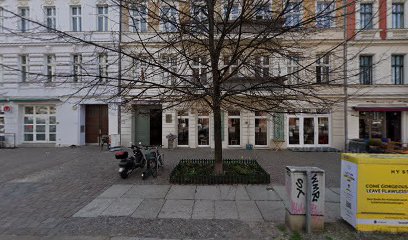
Alter Taubenschlag
0.6 km
Explore Alter Taubenschlag, a charming tourist attraction in Berlin's Pankow district, where local culture and history come alive.
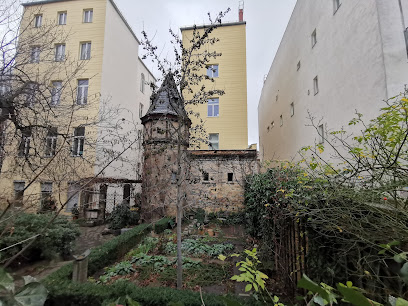
THE TOWER
0.7 km
Discover THE TOWER in Berlin's Pankow district: a historical landmark nestled in the vibrant Prenzlauer Berg, offering a unique glimpse into the city's past and present.
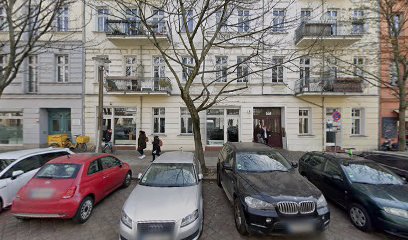
Oderberger Str. 4
0.7 km
Explore the architectural beauty and vibrant atmosphere of Berlin at Oderberger Str. 4, a historical gem in the heart of Pankow.

Wolf in the city Mural by Alaniz
0.7 km
Discover the thought-provoking Wolf in the City mural by Alaniz in Berlin's Pankow, a vibrant testament to street art, social justice, and cultural identity.
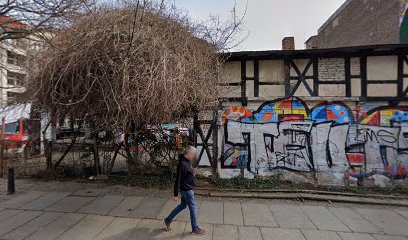
Rosa-Luxemburg-Platz 1
1.1 km
Experience the vibrant atmosphere of Rosa-Luxemburg-Platz, a cultural and historical hub in the heart of Berlin, surrounded by art and urban life.
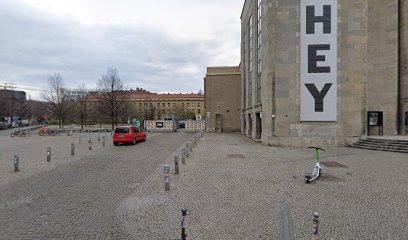
Monument to the International Brigades
1.2 km
A powerful memorial in Berlin's Volkspark Friedrichshain honoring the German volunteers who fought against fascism in the Spanish Civil War, symbolizing international solidarity.
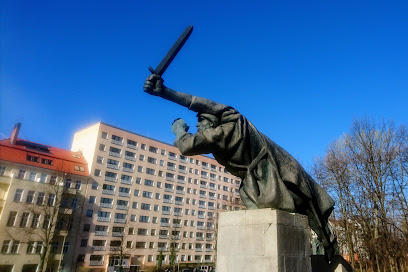
Großer Bunkerberg - Flakturm II G Volkspark Friedrichshain
1.3 km
Explore Großer Bunkerberg in Volkspark Friedrichshain: a unique landmark born from WWII rubble, offering history, nature, and panoramic city views in Berlin's oldest public park.
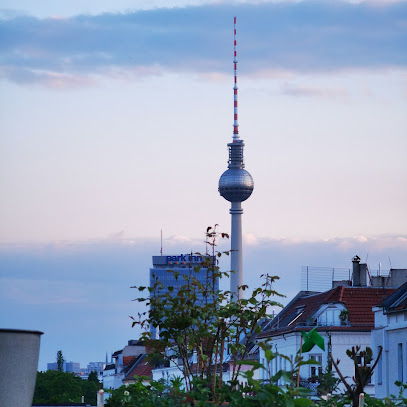
Bernauer Str. 63
1.3 km
Discover the historic significance of Bernauer Str. 63 in Berlin, a poignant reminder of the city's divided past and a vibrant cultural hub.
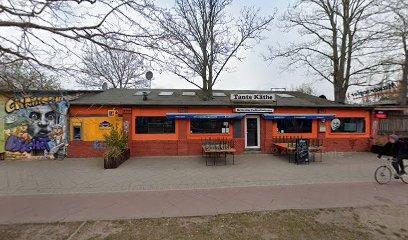
Monument to the Polish soldiers and German anti-fascists
1.4 km
Discover Berlin's powerful tribute to courage and unity at the Monument to Polish Soldiers and German Anti-Fascists, a must-visit historical landmark.
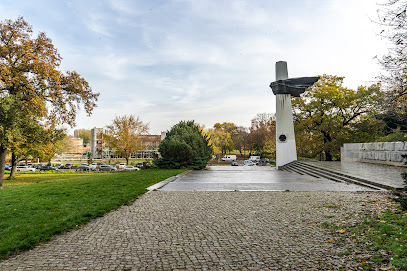
Alexanderpl. 7
1.4 km
Experience the vibrant heart of Berlin at Alexanderplatz, where iconic sights, shopping, and dining converge in a cultural haven.
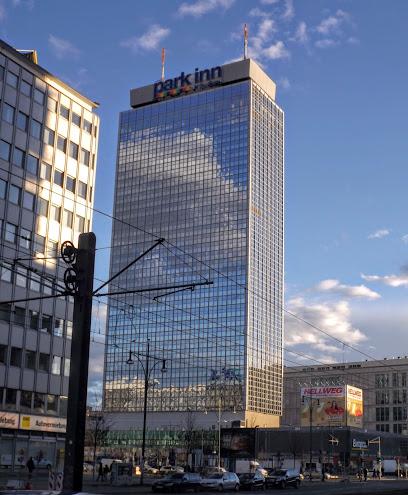
Denkmal Friedrich II. von Preußen
1.4 km
Discover the legacy of Frederick the Great at the Denkmal Friedrich II in Volkspark Friedrichshain, Berlin, a monument to Prussian history, military prowess, and enlightenment ideals.
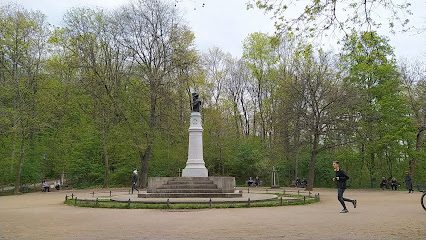
Marktbrunnen
1.6 km
Discover the Marktbrunnen in Berlin's Mitte: a tranquil fountain steeped in history, surrounded by cafes and culture, offering a peaceful escape in the city center.
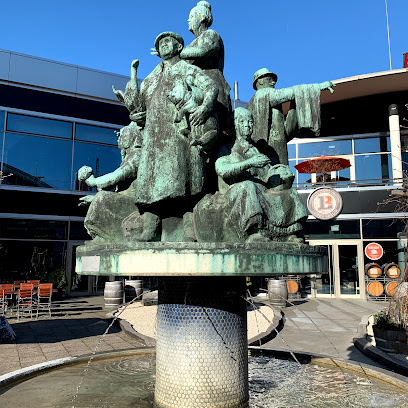
Stolpersteine Salinge
1.7 km
Discover the Stolpersteine Salinge in Berlin, a poignant memorial honoring Holocaust victims and their stories, embedded in the city's sidewalks as a reminder of the past.
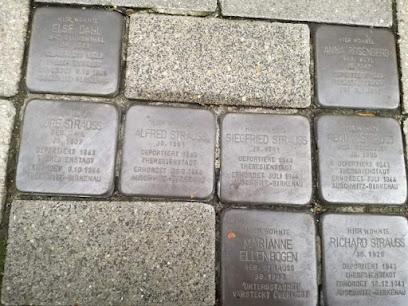
Bernauer Str.
1.7 km
Experience Berlin's rich history and vibrant culture at Bernauer Strasse, where the past and present intertwine in a remarkable urban landscape.
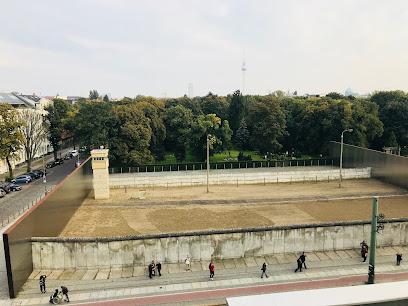
Unmissable attractions to see
Wasserturm Prenzlauer Berg
0.1 km
Discover the Wasserturm Prenzlauer Berg, a historic landmark that showcases Berlin's architectural beauty and vibrant local culture.
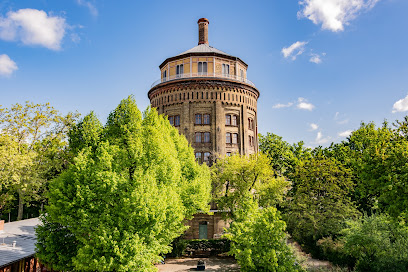
Park am Wasserturm
0.2 km
Discover Berlin's oldest water tower and a peaceful park with a poignant history in the heart of Prenzlauer Berg.

Käthe Kollwitz Statue
0.2 km
Discover the Käthe Kollwitz Statue in Berlin, a profound tribute to the artist's legacy of empathy and social consciousness, set in a serene urban landscape.

Kollwitzplatz
0.2 km
Experience Berlin's vibrant culture at Kollwitzplatz: historic square, lively markets, charming cafes, and artistic legacy in Prenzlauer Berg.
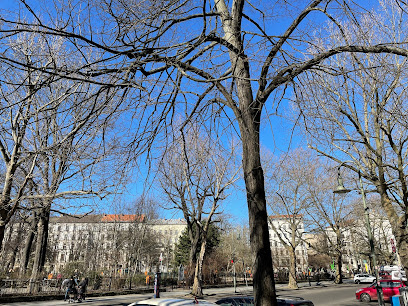
Jewish Cemetery
0.5 km
Explore the historical depths of Berlin at the Jewish Cemetery, a poignant memorial to the city's rich Jewish heritage and culture.
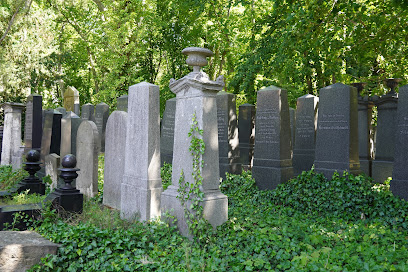
Prenzlauer Berg
0.6 km
Experience the vibrant culture, historic architecture, and lively atmosphere of Prenzlauer Berg, a must-visit district in Berlin for every traveler.

Alois Senefelder Denkmal auf dem Senefelderplatz in Berlin
0.6 km
Explore the Alois Senefelder Denkmal in Pankow, Berlin, a stunning tribute to the father of lithography amidst vibrant local culture.
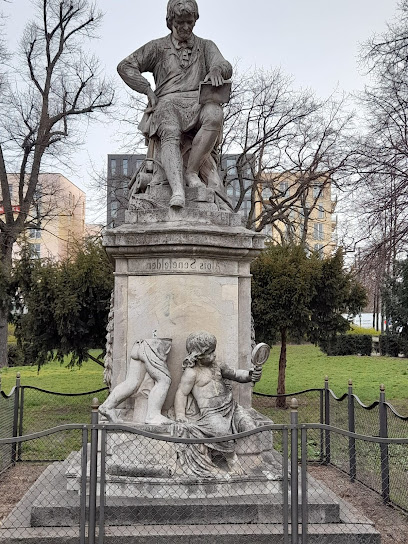
Kulturbrauerei
0.6 km
Discover the vibrant cultural scene at Kulturbrauerei, Berlin's historic brewery turned lively event venue and artistic hub.
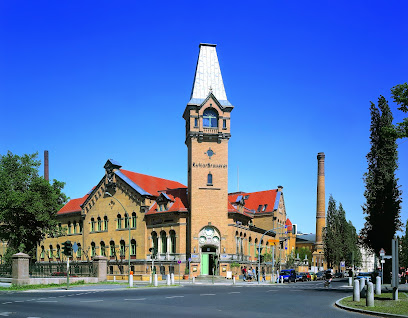
Lucia Weihnachtsmarkt in der Kulturbrauerei
0.6 km
Explore the enchanting Lucia Weihnachtsmarkt in Berlin, a festive hub of crafts, culinary delights, and holiday cheer in a historic brewery setting.
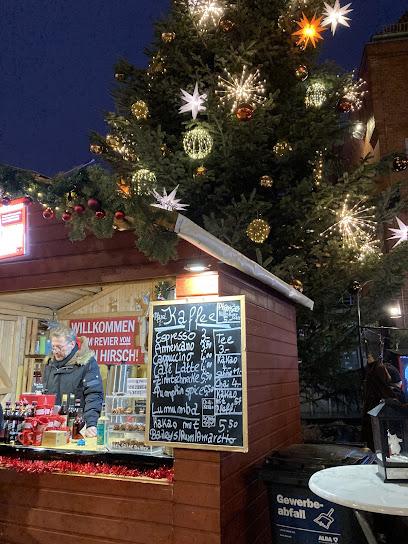
Kesselhaus in der Kulturbrauerei
0.6 km
Experience the vibrant cultural pulse of Berlin at Kesselhaus in der Kulturbrauerei, a premier venue for live music and artistic events.

MACHmit! Museum for Children
0.7 km
Explore, experiment, and learn through play at Berlin's MACHmit! Museum for Children, housed in a unique converted church setting.
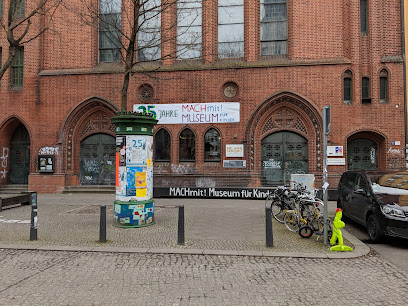
Pfefferberg Theater
0.7 km
Discover the cultural heartbeat of Berlin at Pfefferberg Theater, a premier venue for performing arts, children's shows, and dance performances in Pankow.

Museum at the Kulturbrauerei
0.7 km
Explore the captivating history of Berlin at the Museum at the Kulturbrauerei, where culture and heritage come alive in a unique setting.
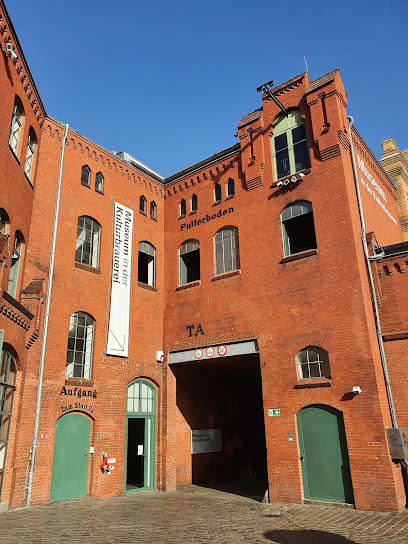
Berlin on Bike - Radtouren & Fahrradverleih
0.7 km
Experience the rich culture and history of Berlin on two wheels with Berlin on Bike, offering guided tours and bike rentals for every adventurer.
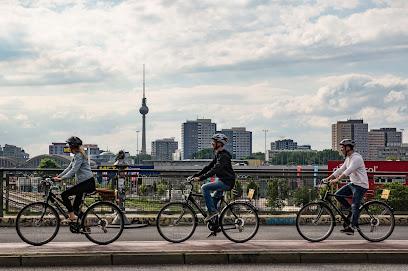
Sacred Heart Church
0.8 km
Explore the Sacred Heart Church in Berlin, a neo-Gothic architectural gem offering peace, beauty, and a glimpse into the city's rich spiritual history.
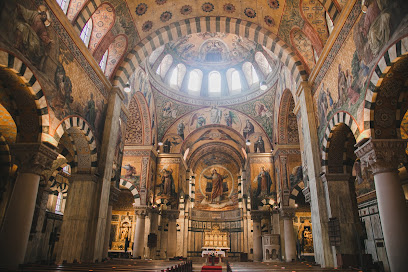
Essential places to dine
Masel Topf
0.0 km
Experience authentic Israeli flavors at Masel Topf in Berlin – where every dish tells a story.
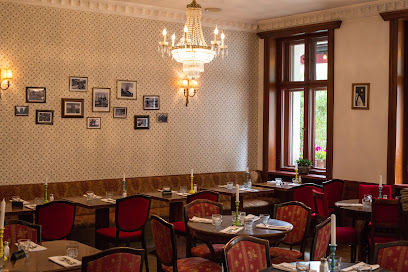
KUSHMANN'S X NEON
0.1 km
Discover KUSHMANN'S X NEON: A culinary delight blending Mediterranean cuisine with an exciting cocktail bar in the heart of Berlin.
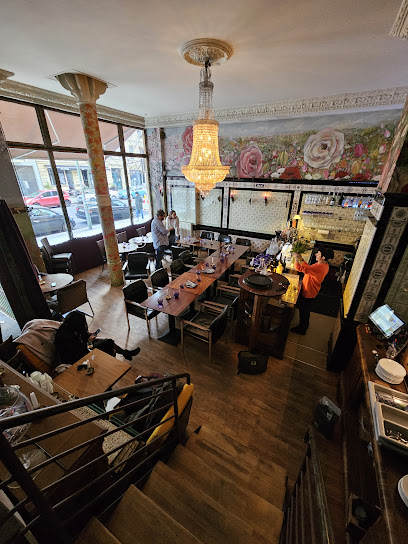
A-Petit Restaurant Berlin
0.2 km
Discover the flavors of Asia at A-Petit Restaurant in Berlin - a top destination for sushi lovers and Asian cuisine enthusiasts.

Mitho Cha! P-Berg
0.3 km
Discover authentic Nepalese flavors at Mitho Cha! P-Berg - where every dish tells a story.
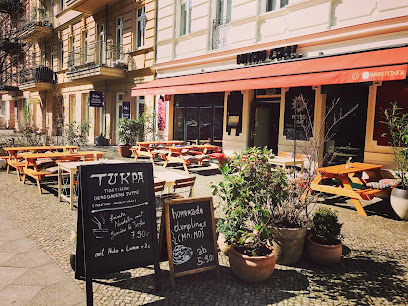
Restaurant Bricole
0.7 km
Experience culinary excellence at Restaurant Bricole in Berlin - where modern European flavors meet French tradition in an elegant setting.
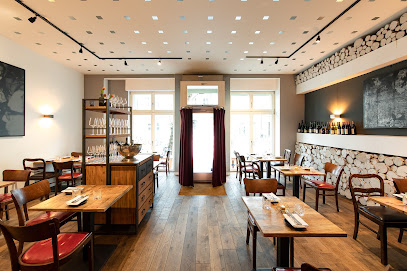
Zum Schusterjungen
0.8 km
Experience authentic German flavors at Zum Schusterjungen in Berlin's Pankow district - where tradition meets taste.
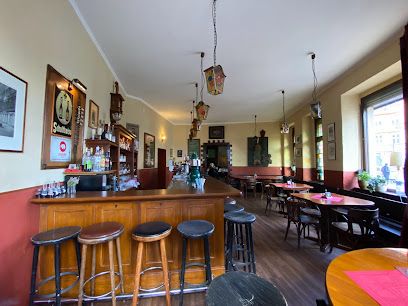
MaMi's Food&Wine
0.9 km
Discover culinary excellence at MaMi's Food&Wine in Berlin – where tradition meets innovation in every delicious bite.
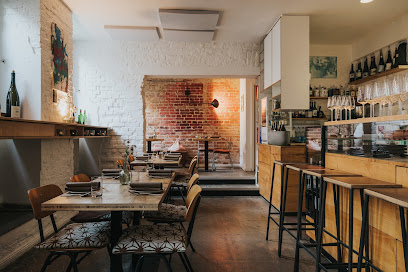
Altberliner Restaurant
1.1 km
Discover Berlin's culinary heritage at Altberliner Restaurant - where authentic German flavors come alive.
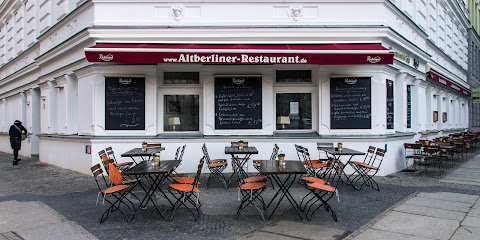
PeterPaul
1.2 km
Discover contemporary German cuisine at PeterPaul in Berlin's Mitte district – where tradition meets innovation in every bite.
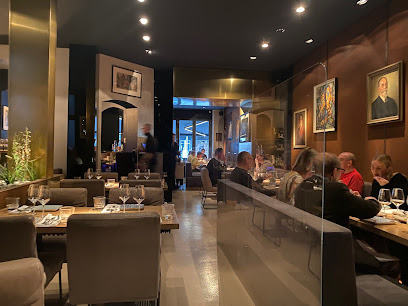
Zur Haxe
1.6 km
Experience the heart of Bavaria in Berlin at Zur Haxe – indulge in authentic German dishes in a cozy setting.
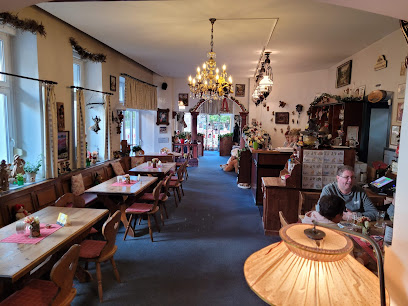
Frau Mittenmang
1.7 km
Experience authentic German cuisine at Frau Mittenmang in Berlin's Pankow district—where tradition meets taste.
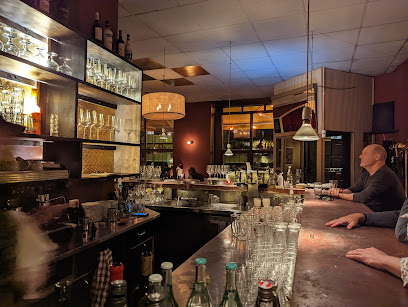
Holy Everest
1.7 km
Experience authentic Nepalese cuisine at Holy Everest in Berlin's Pankow district - where every dish tells a story!
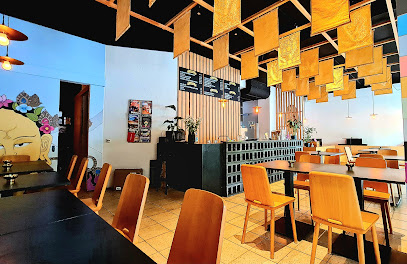
Dreh-Restaurant Sphere im Berliner Fernsehturm
1.7 km
Dine at Berlin's iconic Fernsehturm while enjoying panoramic views and exquisite German cuisine in a modern European setting.
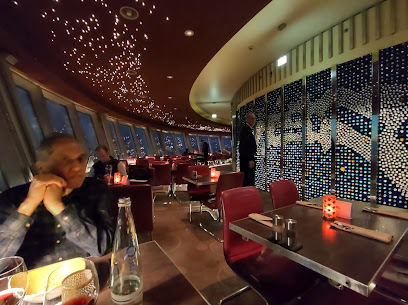
Katz Orange
1.7 km
Discover Katz Orange: An eclectic fine dining experience in Berlin's Mitte district offering exquisite German cuisine and an inviting atmosphere.
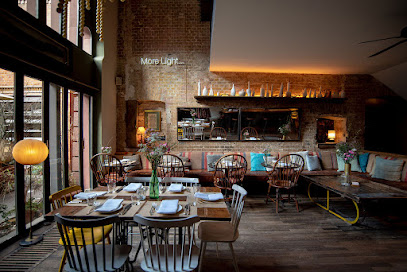
Bandol sur mer
1.8 km
Experience the exquisite flavors and breathtaking scenery of Bandol sur Mer on your next visit to the French Riviera.
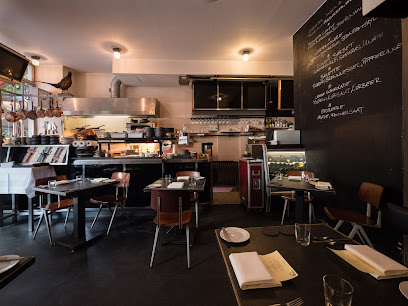
Markets, malls and hidden boutiques
KNAACKPUNKT Vintage & New Design Clothing
0.1 km
Explore KNAACKPUNKT Vintage & New Design Clothing in Berlin - a blend of vintage charm and modern fashion for every style enthusiast.
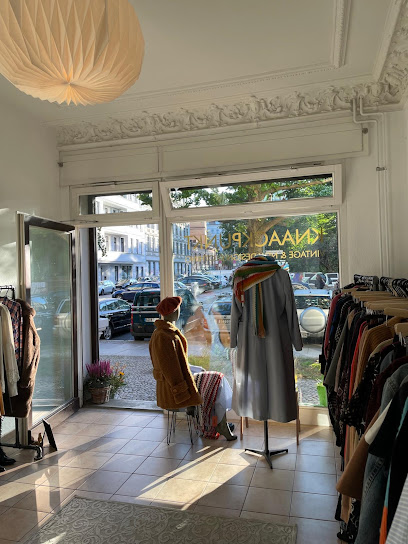
Soul Objects
0.3 km
Explore the artistic treasures of Berlin at Soul Objects, your go-to destination for unique gifts, art, and handcrafted treasures.

vintage
0.5 km
Explore a vintage store in Berlin's Pankow district, filled with unique treasures and timeless charm that reflect the city's rich history.
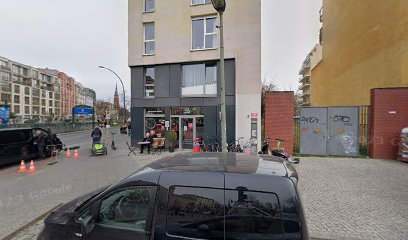
OFT Vintage Shop Berlin
0.7 km
Explore the charm of vintage fashion and unique antiques at OFT Vintage Shop in Berlin, where every item tells a story.
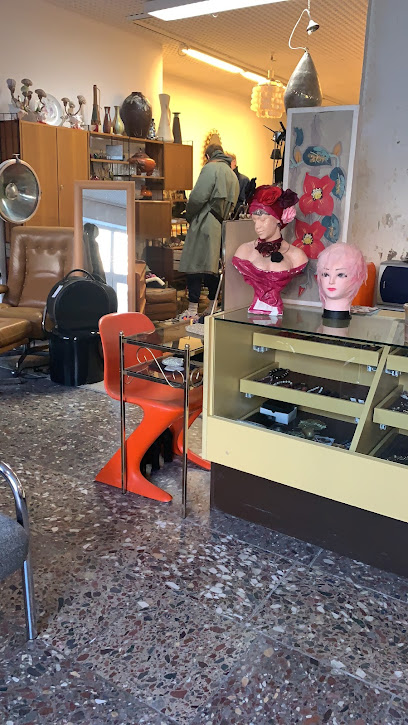
das goodshaus. Lifestyle Concept Store
0.8 km
Explore das goodshaus, a unique lifestyle concept store in Berlin, offering a delightful selection of gifts and artistic stationery.

Dudes Factory
0.8 km
Discover Dudes Factory, Berlin's iconic streetwear store, offering unique designs that embody the city's dynamic fashion scene.

wunderwerk store Berlin-Prenzlauer Berg
0.8 km
Explore sustainable fashion at Wunderwerk Store in Berlin-Prenzlauer Berg, where contemporary design meets eco-conscious shopping.

ein000 - Eintausend Berlin Shopping Guide
0.8 km
Explore ein000 for a unique shopping experience, showcasing Berlin's contemporary fashion and local designs in the heart of the city.
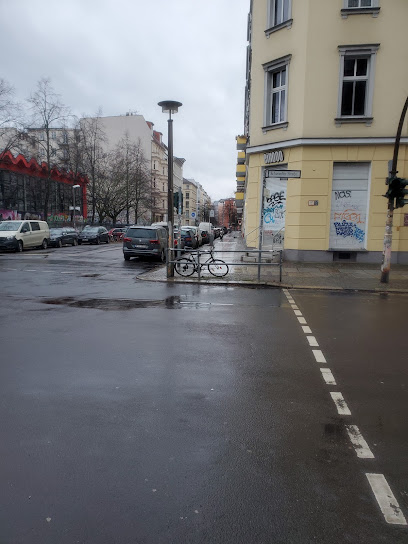
Flagshipstore
0.8 km
Explore Flagshipstore Berlin for a unique selection of eclectic European fashion in a vibrant shopping atmosphere.
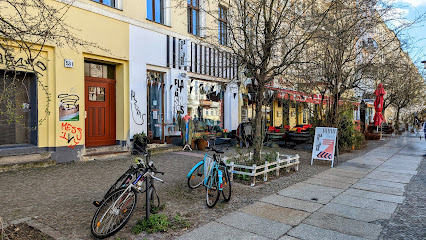
The Store X Berlin
0.9 km
Discover The Store X Berlin, a unique cultural center blending art, fashion, and café culture in the heart of the city.

Pauls Boutique/Berlin
0.9 km
Explore Paul’s Boutique in Berlin for unique vintage clothing and sustainable fashion treasures. A must-visit thrift store in the heart of Pankow.
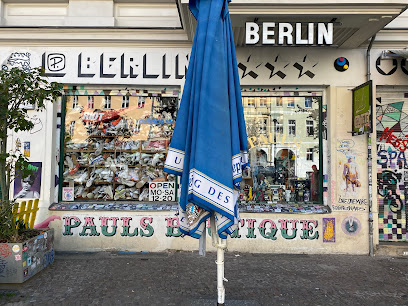
Jyoti - FairWorks
1.0 km
Explore Jyoti - FairWorks in Berlin for ethically sourced clothing, unique accessories, and a commitment to fair trade fashion.
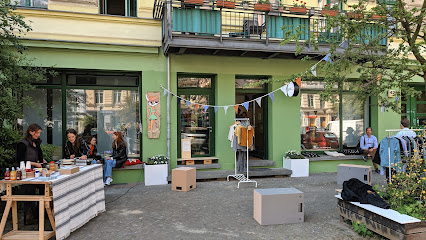
Pauls Chapter Mitte
1.1 km
Experience the charm of sustainable fashion at Pauls Chapter Mitte, Berlin's premier used clothing store, offering unique vintage finds in a stylish setting.

Loretta
1.1 km
Explore Loretta, Berlin's ultimate vintage clothing store, for unique fashion finds and a delightful shopping experience.
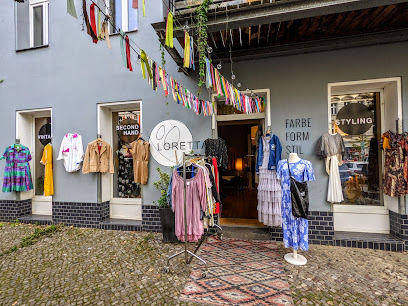
The New Black
1.2 km
Explore unique vintage fashion at The New Black in Berlin's Mitte district, where sustainability meets style in an eclectic clothing experience.

Essential bars & hidden hideouts
Bar 55
0.2 km
Experience the vibrant nightlife of Berlin at Bar 55, a cozy bar in Pankow offering a wide selection of drinks and a lively atmosphere.
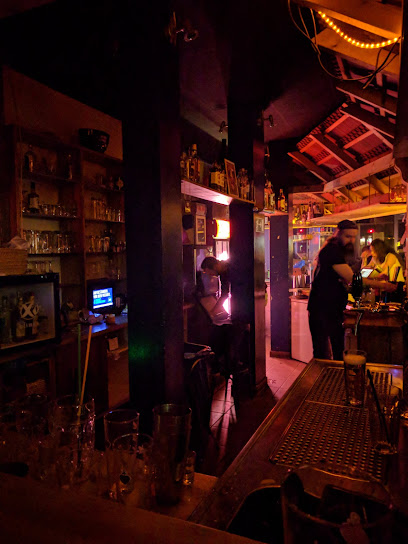
Uluru Resort
0.3 km
Discover Uluru Resort, where Australian charm meets Berlin's vibrant pub culture, offering great drinks, lively events, and a warm welcome.

The Dorothy Bar
0.3 km
Discover Berlin's vibrant nightlife at The Dorothy Bar, where innovative cocktails and a cozy atmosphere create the perfect evening escape.

Bar Luxus
0.5 km
Discover the stylish ambiance and innovative cocktails at Bar Luxus, a must-visit nightlife destination in Berlin's Prenzlauer Allee.

Kaminbar
0.7 km
Discover the artistic charm of Kaminbar in Berlin, where cocktails meet creativity in a vibrant atmosphere filled with live music and local art.

Höschen bar
0.8 km
Discover Höschen Bar in Pankow, Berlin - a vibrant cocktail bar known for its innovative drinks and cozy ambiance, perfect for a night out with friends.

Zu mir oder zu dir
0.8 km
Discover 'Zu mir oder zu dir', a cozy bar in Pankow offering an extensive drink menu and a vibrant atmosphere perfect for enjoying Berlin's nightlife.
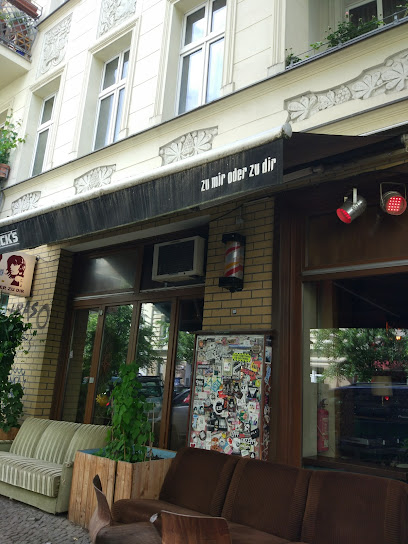
Bräugier BrewPub
0.9 km
Discover the vibrant world of craft beer at Bräugier BrewPub, a top brewpub in Berlin's Prenzlauer Berg, offering unique brews and a lively atmosphere.
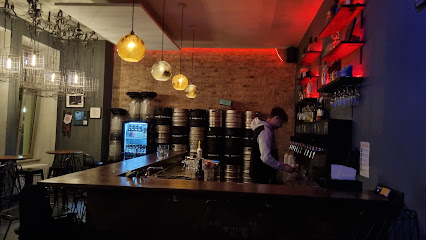
Fairytale Bar
0.9 km
Discover a world of creativity and delight at Fairytale Bar, the enchanting cocktail haven in Berlin's Pankow district.
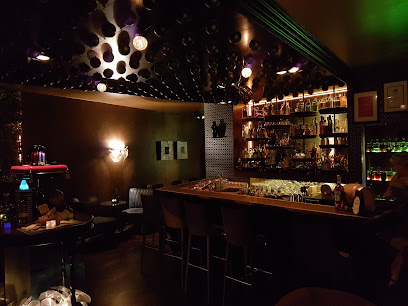
Bar 3
1.0 km
Experience the lively ambiance of Bar 3 in Berlin, a popular spot for locals and tourists to unwind and enjoy the vibrant nightlife.

KASCHK by BRLO
1.0 km
Discover KASCHK by BRLO, where Berlin's craft beer meets a vibrant atmosphere and delicious bites in the heart of the city.
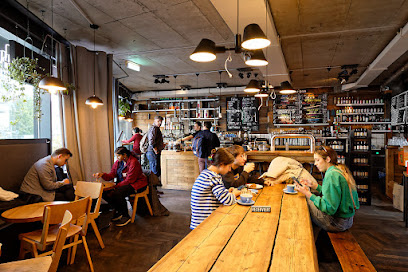
Saphire Bar
1.0 km
Experience the art of mixology at Saphire Bar, a chic cocktail lounge in Berlin's vibrant Pankow district, perfect for unforgettable nights out.
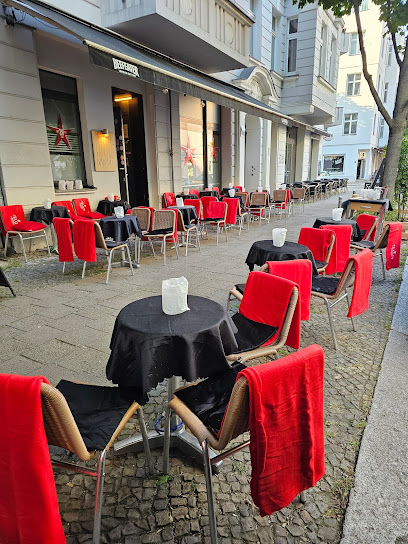
Emi Wynehouse Pop-Up Bar
1.1 km
Discover the unique charm of Emi Wynehouse Pop-Up Bar, where eclectic cocktails and vibrant nightlife collide in the heart of Berlin.

Zum Starken August
1.1 km
Immerse yourself in Berlin's vibrant nightlife at Zum Starken August, where circus magic meets a lively pub atmosphere for an unforgettable experience.
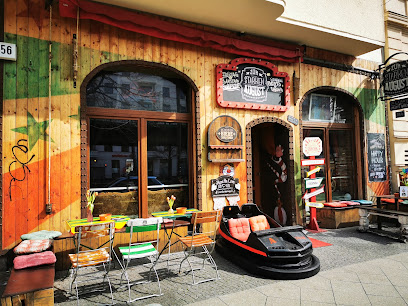
Volksbar
1.1 km
Experience the vibrant nightlife at Volksbar, Berlin's eclectic bar and event venue, perfect for socializing and enjoying live entertainment.
